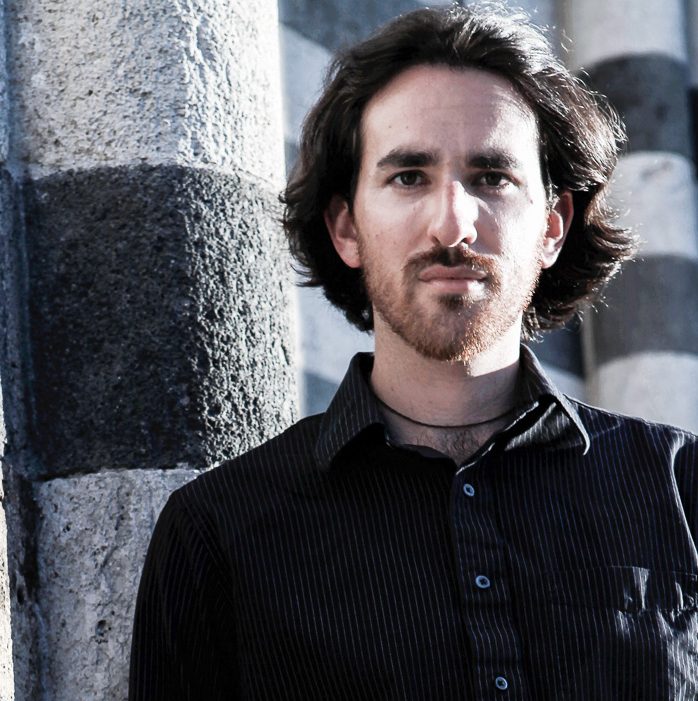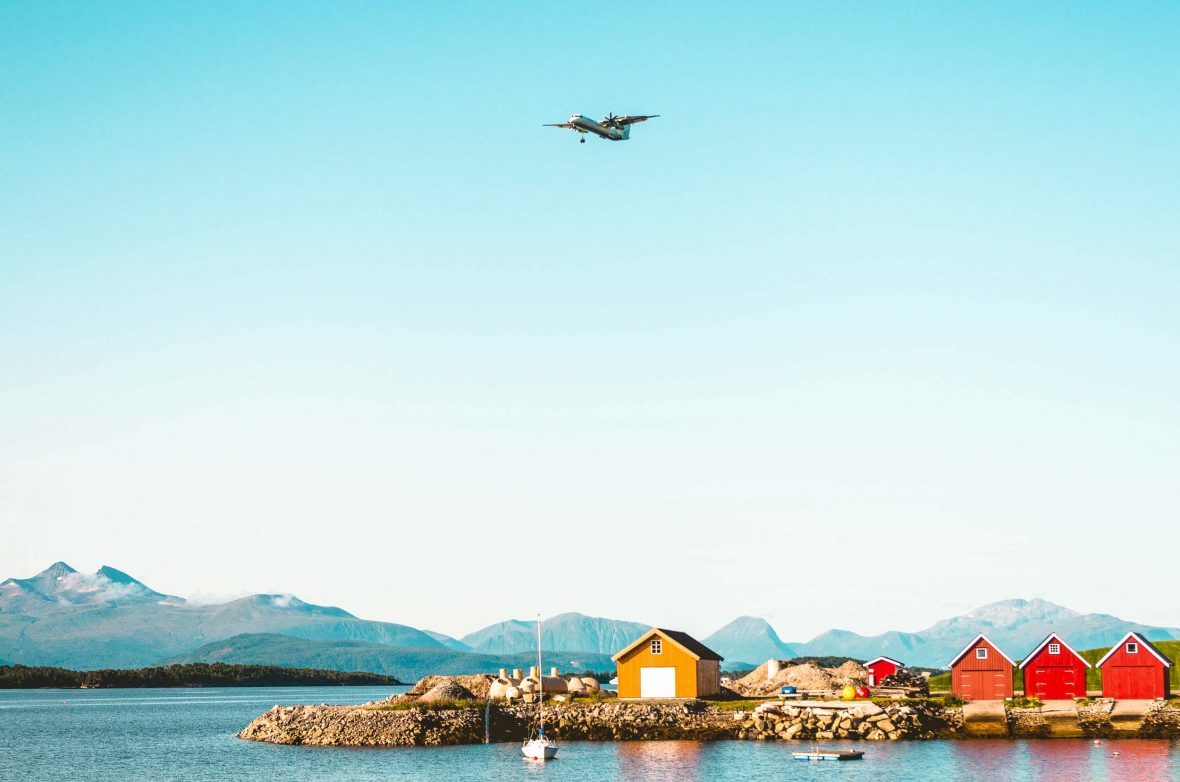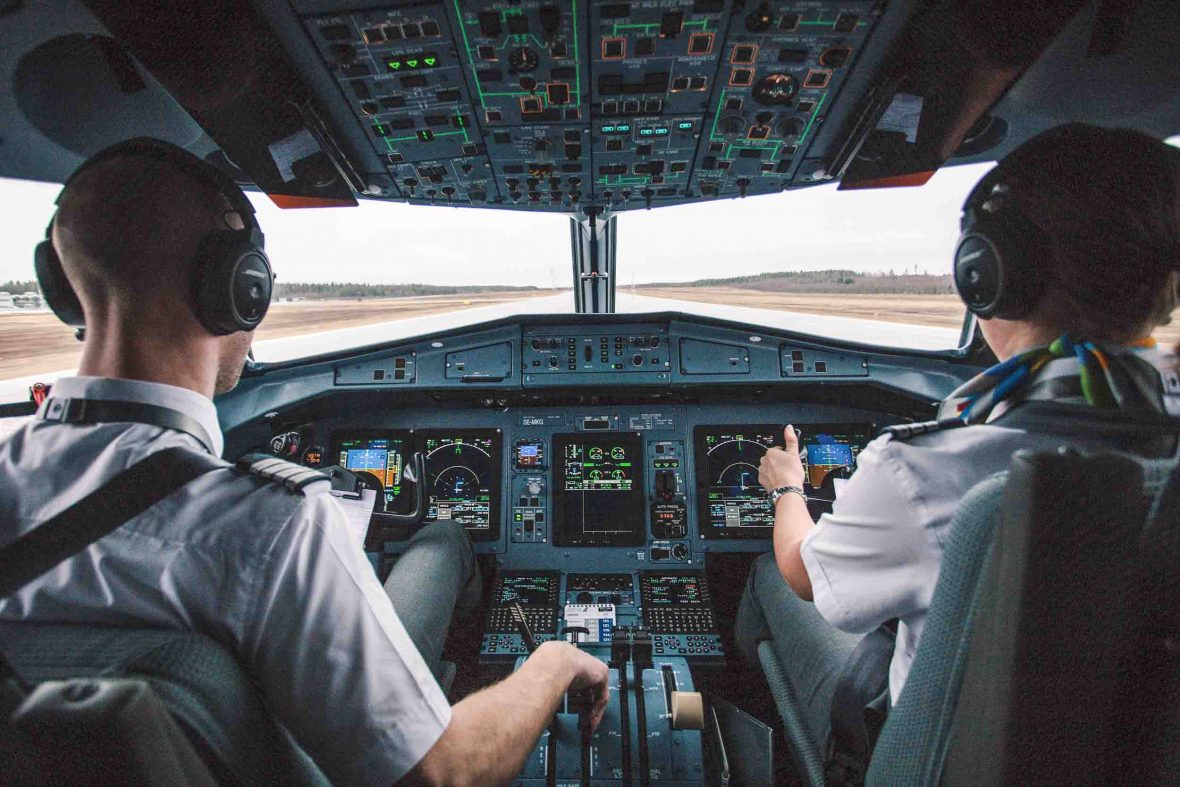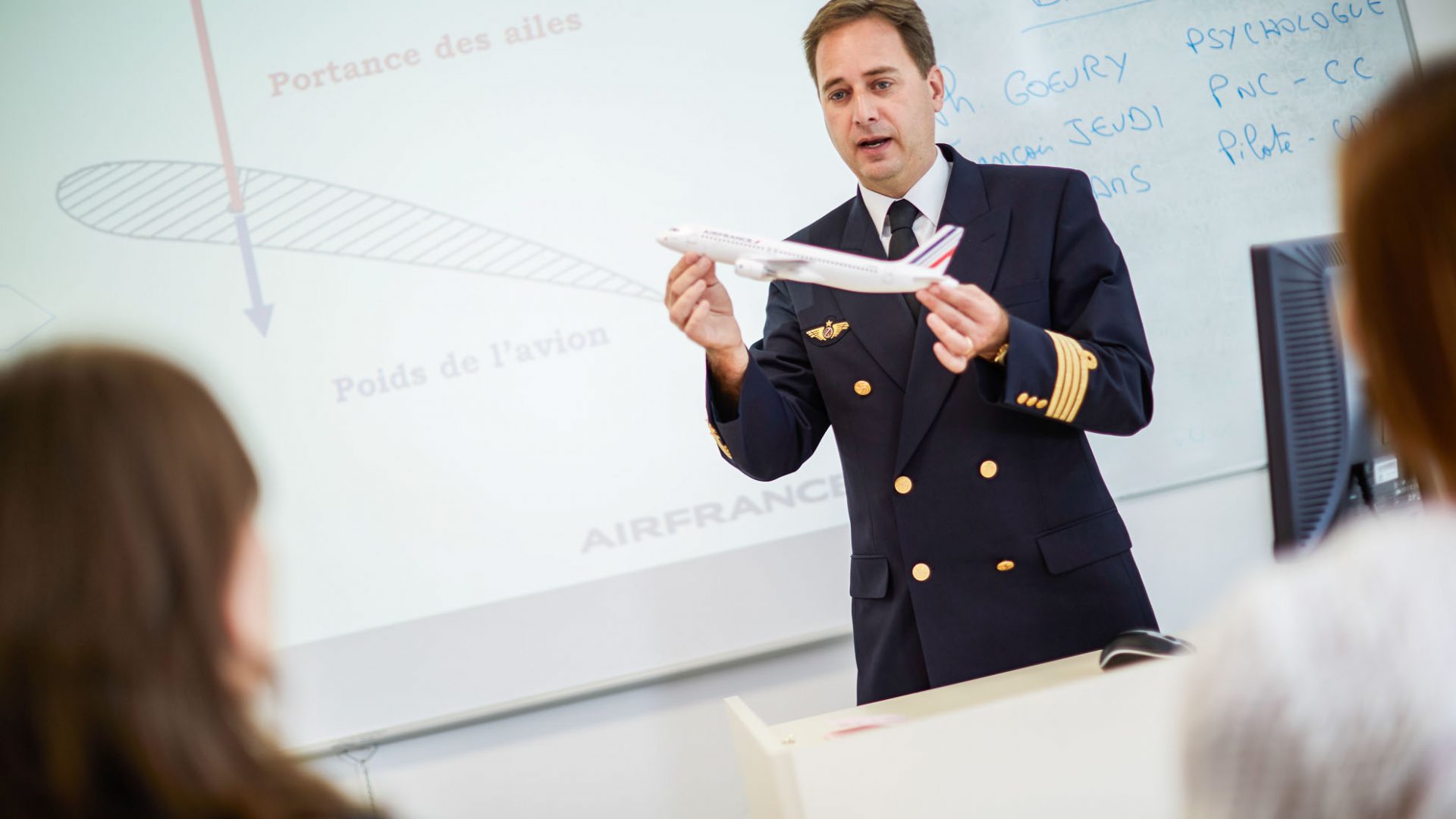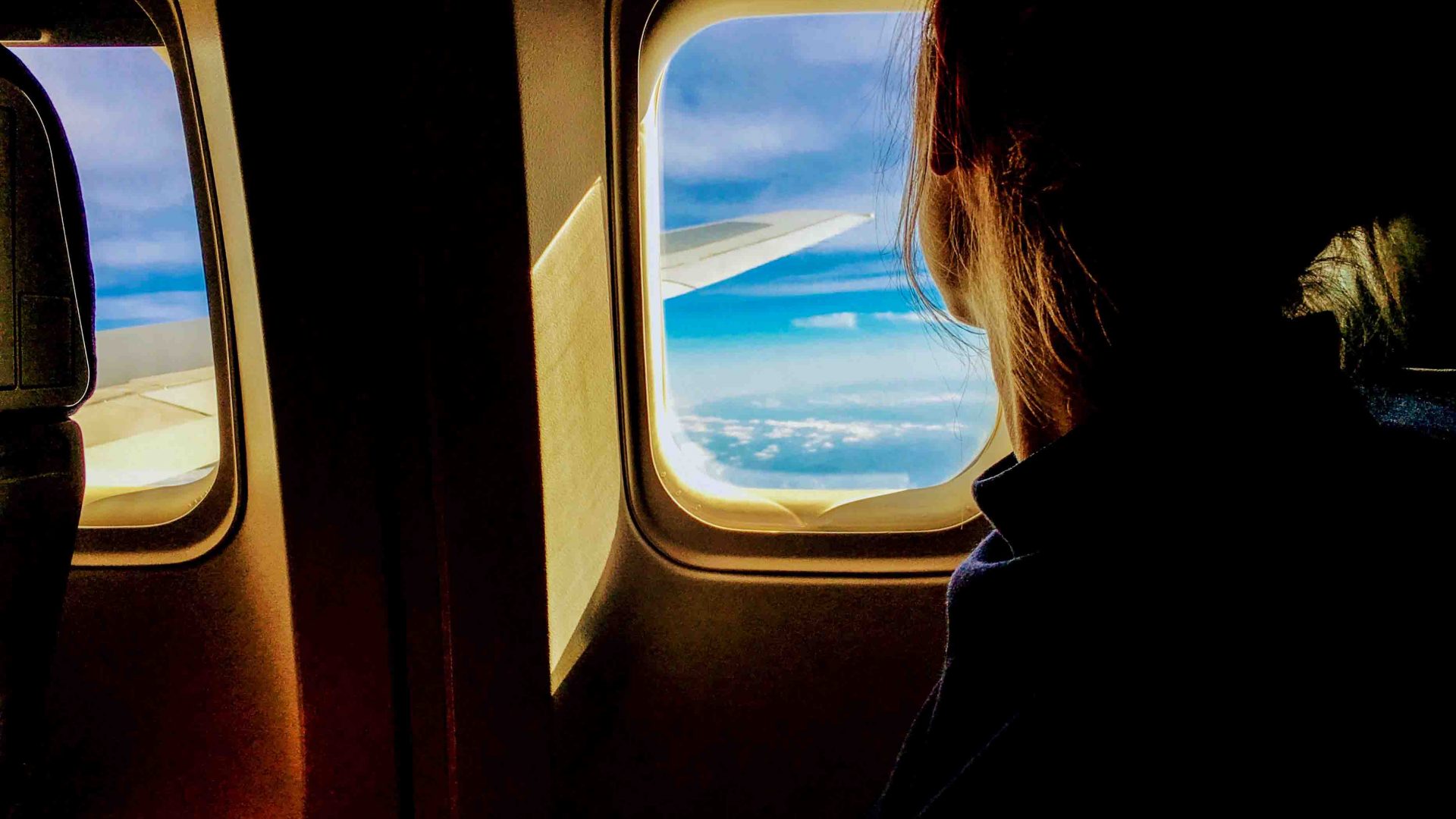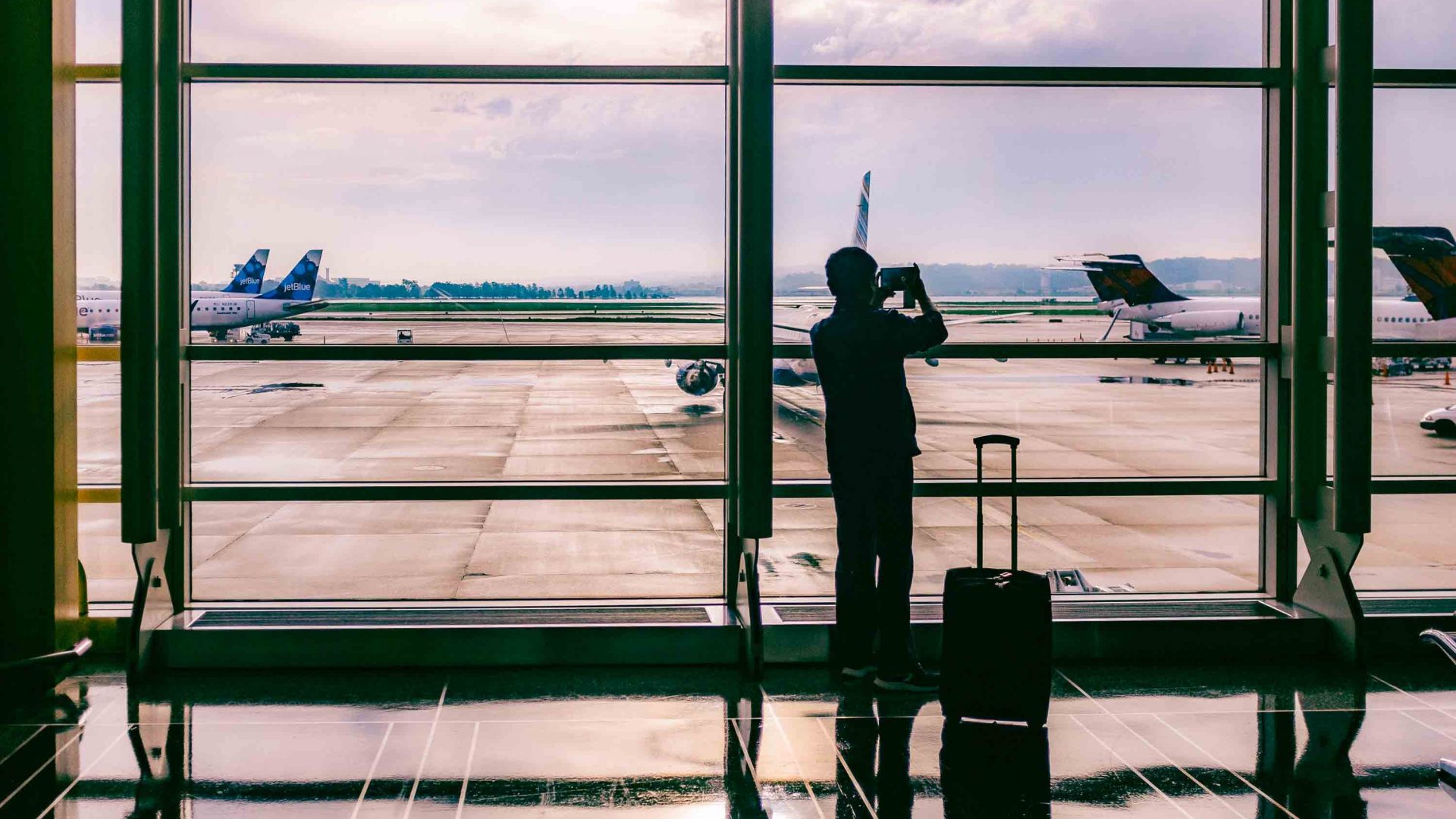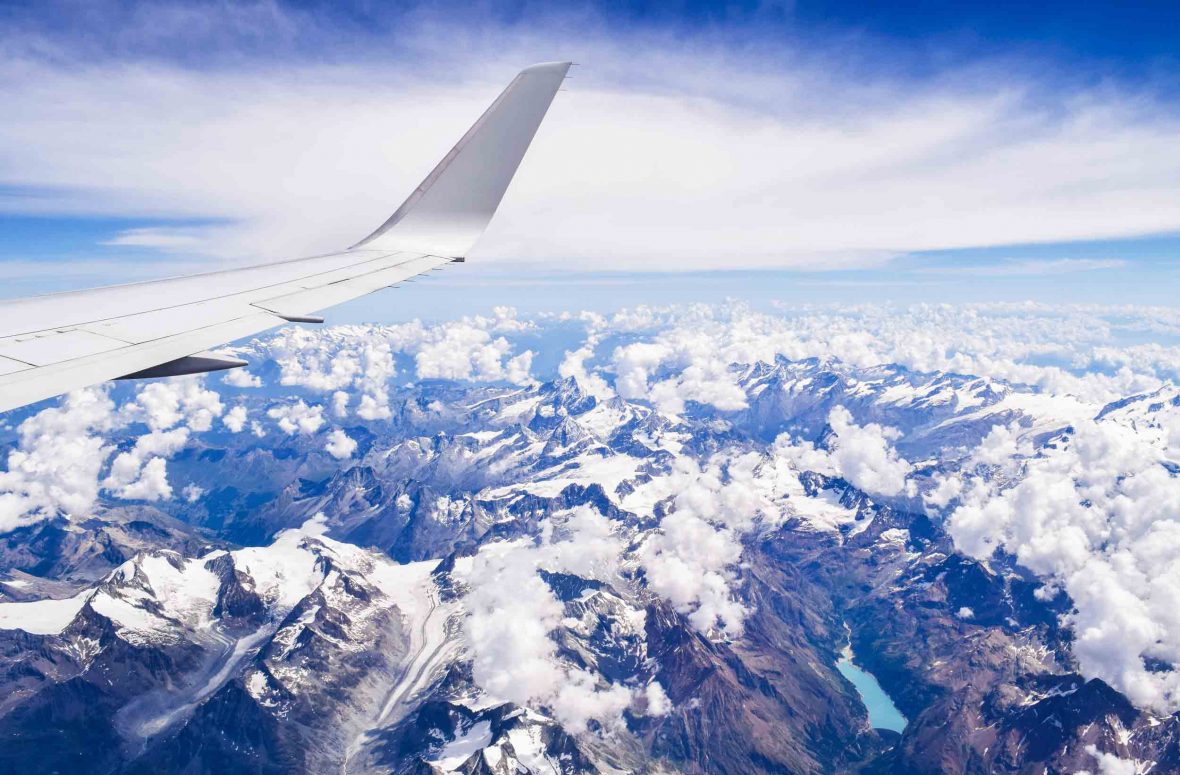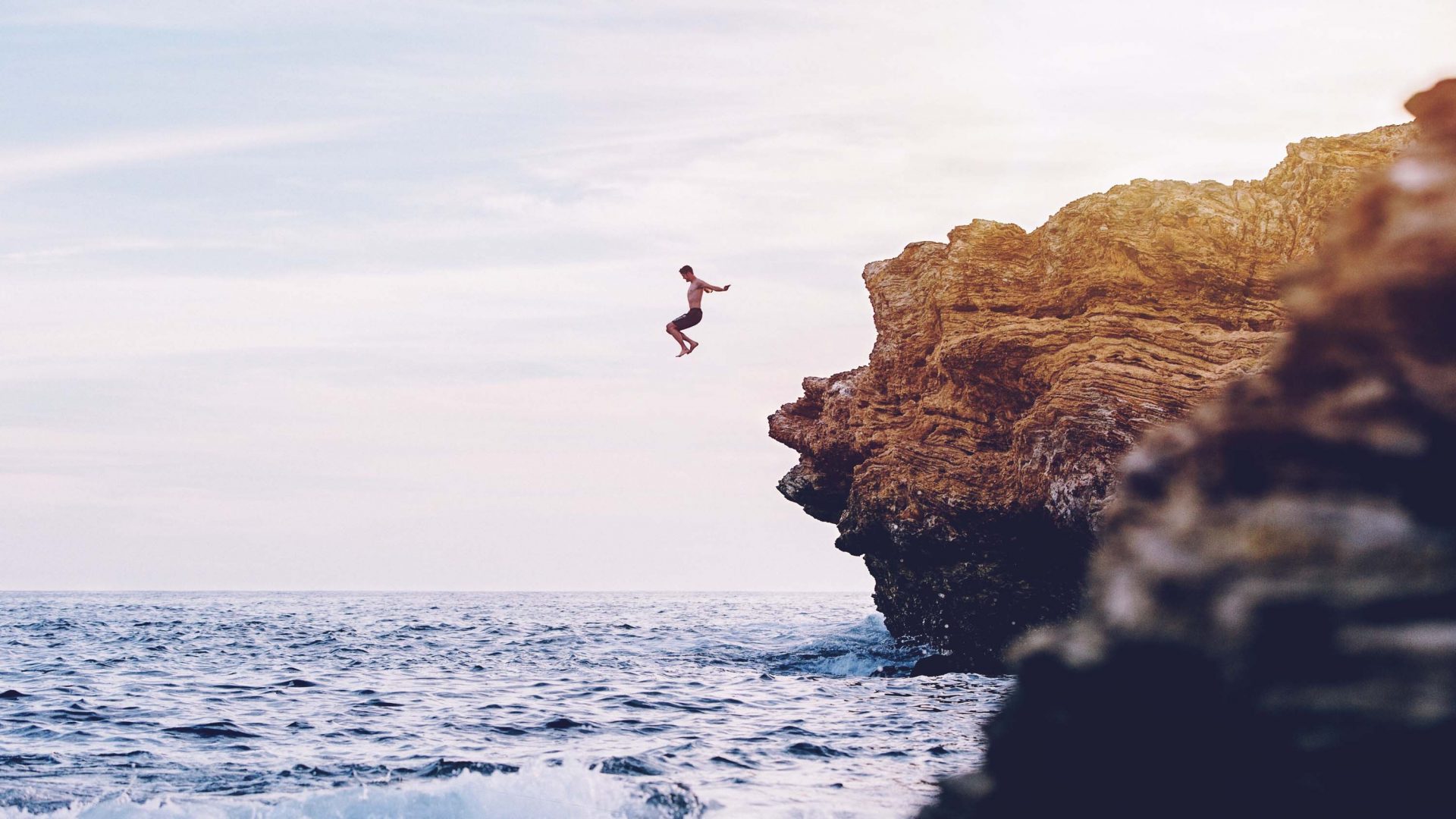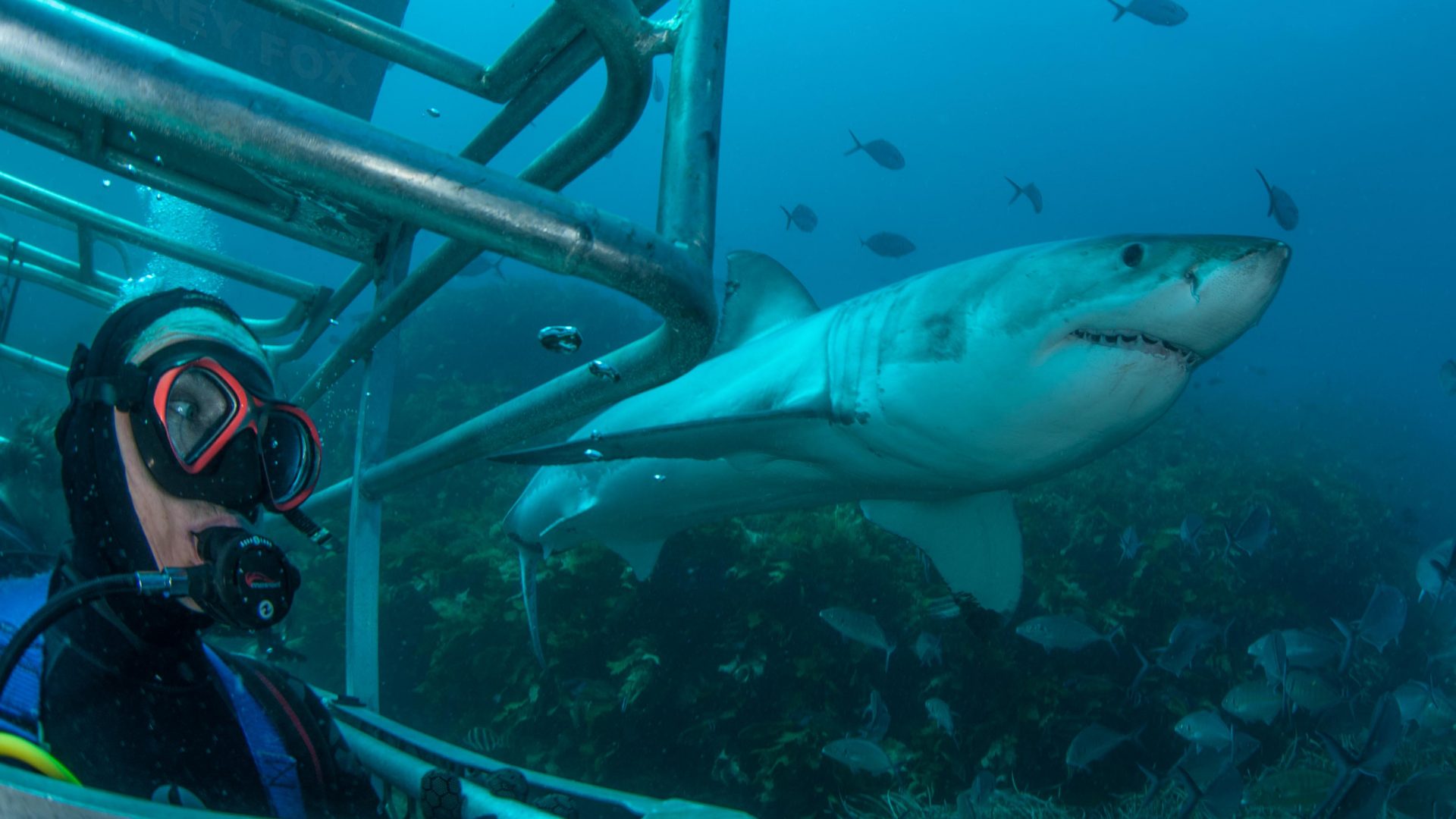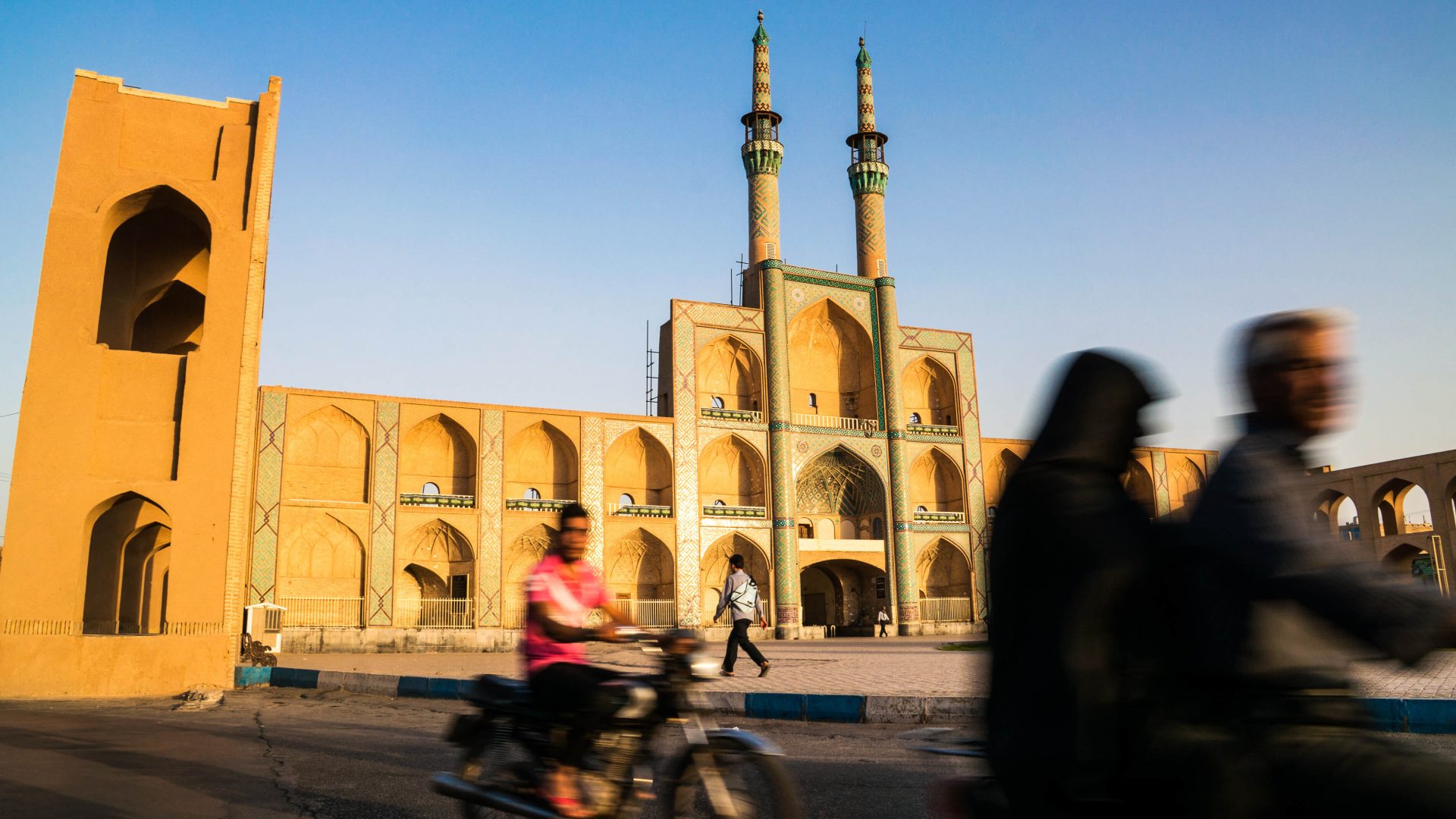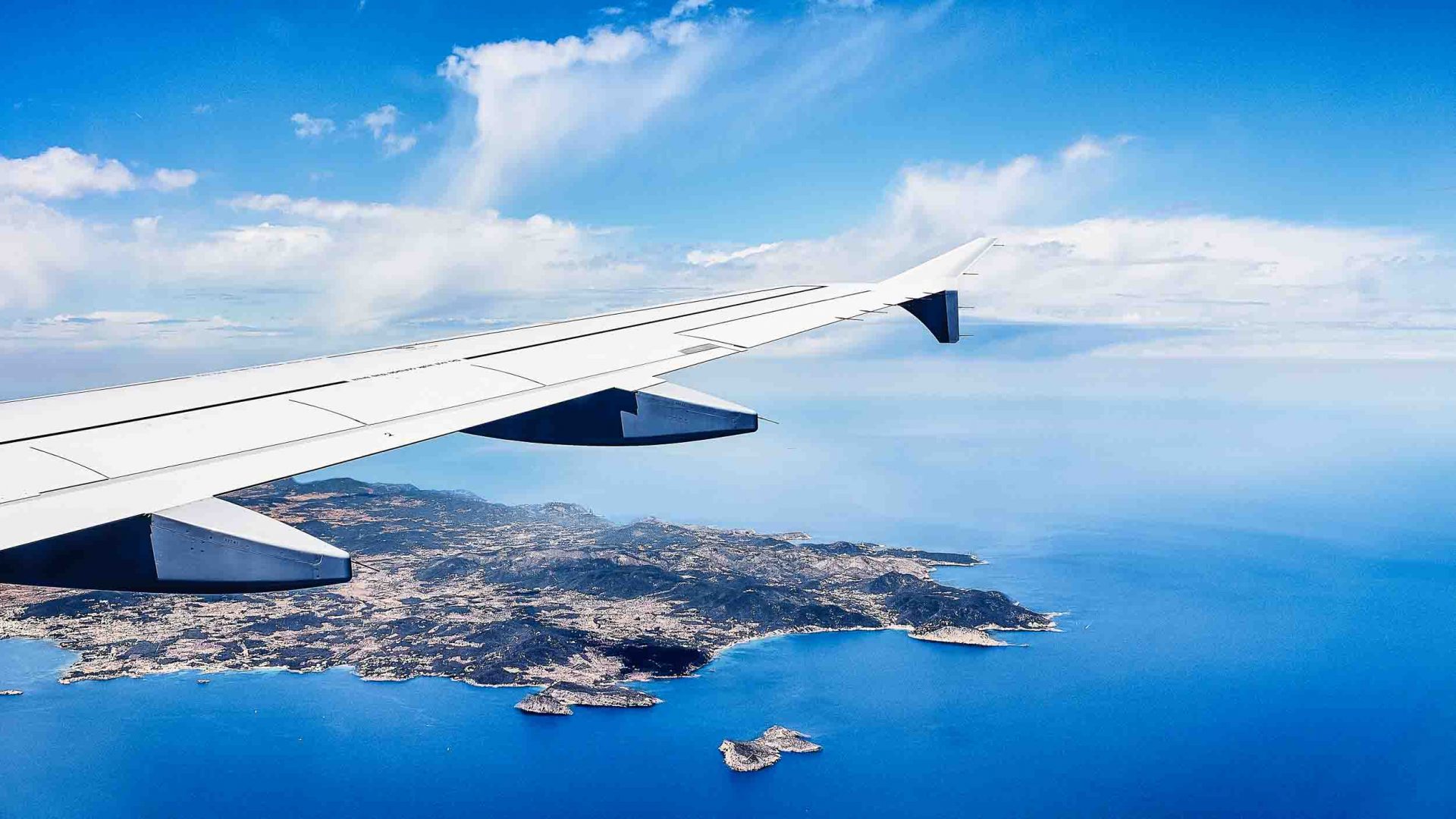
Is there any good reason to be scared of flying? Dr. Noah Charney explores the myths and reality surrounding air travel, flying phobia, and the science behind our irrational fears.
I’ve never been afraid of flying. This is perhaps strange, considering my wariness of anything adrenaline-inducing. My idea of an exciting holiday involves walking around European cities, looking at paintings in museums, and eating cake. When I ski, I go as slowly as possible—in fact, I could probably skip the skiing altogether, sit outside one of those huts on the slopes, and order a glass of mulled wine. Adrenaline is my nemesis.
But flying is not an adrenaline sport. Or at least, it shouldn’t be. Fear of flying is its own category of phobia, and it is a common one (even for otherwise-adventurous souls) particularly in our current era of high-profile terrorist acts. Never mind that the facts dictate, unarguably, that flying remains one of the safest ways to travel.
